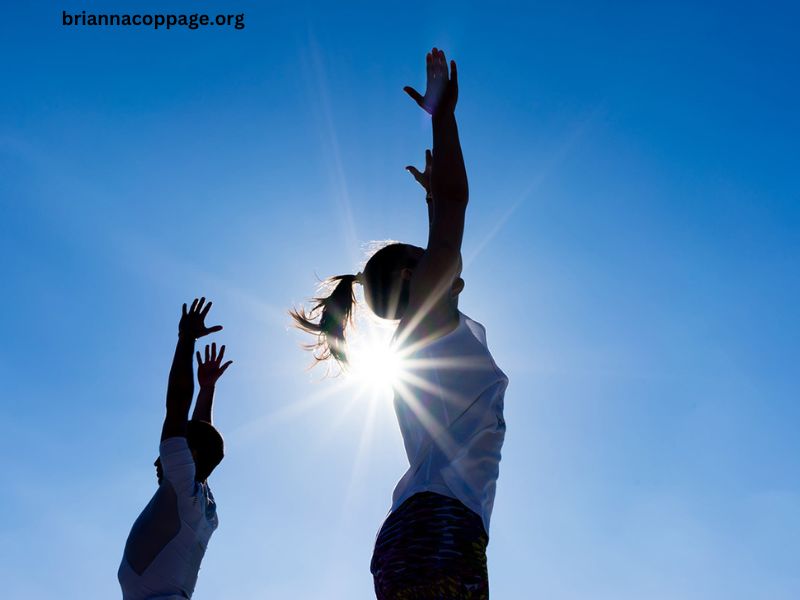When you step into the gym, you may hear various terms tossed around by fitness enthusiasts, trainers, and athletes. One of the most common acronyms you’ll encounter is “PR.” But what does PR mean in the context of fitness, and why is it so important? In this article, we’ll delve into the meaning of PR, its significance, how to set and achieve your own PRs, and the psychology behind reaching new heights in your fitness journey.
What Does PR Stand For?
In the gym world, PR stands for “Personal Record.” A personal record refers to the best performance an individual has achieved in a specific exercise or workout. This can apply to a wide range of fitness activities, including weightlifting, running, cycling, swimming, or any other measurable activity. For instance, if you can lift 200 pounds for a deadlift and previously lifted only 180 pounds, your new lift is your personal record.
Why Are PRs Important?
PRs serve as benchmarks for your fitness journey. They provide a tangible way to measure progress, set goals, and keep motivation high. Here are a few reasons why tracking your PRs is crucial:
- Motivation: Setting and achieving PRs can keep you motivated. The excitement of surpassing your previous best can inspire you to work harder and stay consistent.
- Goal Setting: PRs help in creating specific and measurable goals. Instead of vague objectives like “get stronger,” you might aim to increase your squat by 10 pounds over the next month.
- Progress Tracking: Keeping track of your PRs allows you to see how far you’ve come. This reflection can be encouraging, especially during times when progress feels slow.
- Informed Training: Knowing your PRs can help tailor your training program. If you’re aiming to improve a specific lift, understanding your previous records can guide your training intensity and volume.
- Community Engagement: Sharing your PRs with others can create a sense of camaraderie and support within the fitness community. It can also foster healthy competition, pushing everyone to strive for their best.
How to Set PRs
Setting PRs requires a strategic approach. Here’s how to effectively set and achieve your personal records:
1. Assess Your Current Level
Before you can set a new PR, you need to know where you currently stand. Spend time assessing your current abilities in different exercises. This could involve testing your one-rep max (1RM) for weightlifting or timing yourself on a specific distance for running.
2. Set SMART Goals
SMART goals are Specific, Measurable, Achievable, Relevant, and Time-bound. Instead of saying, “I want to get stronger,” say, “I want to increase my deadlift by 20 pounds in the next three months.” This approach clarifies your objectives and makes it easier to track progress.
3. Create a Training Plan
Once you have set your goals, develop a training plan that focuses on the specific areas you want to improve. This may involve adjusting your workout routines, increasing the weight you lift, or changing your cardio workouts to include intervals for speed.
4. Consistency is Key
Consistency is vital in achieving PRs. Stick to your training plan, and ensure you are regularly challenging yourself. This doesn’t mean you have to go all out every day; instead, focus on gradually increasing your weights, reps, or intensity over time.
5. Listen to Your Body
While pushing to achieve a PR is important, it’s equally crucial to listen to your body. Overtraining can lead to injuries that will set you back. Make sure to incorporate rest days and recovery into your routine, as they are essential for muscle repair and growth.
6. Test Your Limits
When you feel ready, it’s time to test your limits. Schedule regular PR testing days to gauge your progress. Make sure you are well-rested and properly fueled before attempting to beat your records. Create a supportive environment—whether that means having a workout buddy or training in a gym that motivates you.
The Psychology of Achieving PRs
The journey to achieving personal records is not just a physical endeavor; it is also a mental one. Understanding the psychological aspects of goal setting and achievement can enhance your chances of success.
1. Growth Mindset
Adopting a growth mindset is crucial for achieving PRs. This concept, popularized by psychologist Carol Dweck, suggests that individuals who believe their abilities can be developed through hard work, dedication, and perseverance are more likely to achieve their goals. Embrace challenges, learn from failures, and celebrate successes to cultivate a growth mindset.
2. Visualization Techniques
Many athletes use visualization as a technique to prepare for their best performance. By mentally rehearsing your lift or run, you can create a sense of familiarity and confidence. Picture yourself successfully completing your PR attempt. This mental preparation can be just as important as physical training.
3. Positive Self-Talk
The words you say to yourself can have a profound impact on your performance. Positive self-talk can boost your confidence and reduce anxiety. Replace negative thoughts like “I can’t do this” with affirmations such as “I’ve trained for this, and I am ready.”
4. Celebrate Small Wins
Every step forward is a victory, no matter how small. Celebrate incremental progress on your way to achieving your PR. These small wins can help build momentum and maintain motivation.
Common PR Goals in the Gym
While personal records can vary widely among individuals, some common goals tend to emerge, particularly in strength training and endurance sports. Here are a few examples:
1. Weightlifting PRs
- Squat: Increasing the weight lifted in squats.
- Deadlift: Lifting heavier weights in the deadlift.
- Bench Press: Improving bench press strength.
2. Running PRs
- 5K Time: Reducing your time for a 5K race.
- Marathon Time: Setting a new record for a marathon.
3. Endurance Events
- Cycling: Achieving a new distance or speed in cycling.
4. Bodyweight Exercises
- Push-Ups: Increasing the number of push-ups completed in one session.
- Pull-Ups: Raising the number of pull-ups you can perform.
Conclusion
Understanding what PR means in the gym and how to set and achieve personal records can significantly enhance your fitness journey. By tracking your progress, setting SMART goals, and maintaining a growth mindset, you can experience the excitement of surpassing your own limits. Remember, the path to achieving PRs is not just about the numbers; it’s about the journey, the discipline, and the personal growth that comes along with it. Embrace the process, celebrate your successes, and keep pushing yourself to reach new heights. Your next PR is just around the corner!






